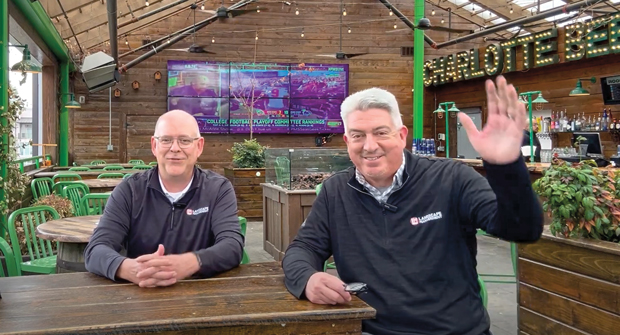A 5-ft. iquana swimming laps in the hotel pool was my first clue. The resort staff and some of the more-settled guests acting like it was nothing was my second.
I didn’t know it on the first day of the business meeting, but I soon discovered the treasure trove of animal and plant species we mainlanders call San Juan, Puerto Rico.
I, along with dozens of other attendees of the Turf and Ornamental Communicators Association‘s (TOCA’s) 20th anniversary meeting, hit the mother (nature) load when we toured the El Yunque National Rainforest May 14.
El Yunque is the only sub-tropical rainforest located in a U.S. territory. The 28,000-acre worldly wonder is home to an array of wildlife — including the small and precious Coqui singing frog found nowhere else and the endangered Puerto Rican Parrot — as well as more than 250 species of trees, 50 types of ferns and 20 varieties of wild orchids.
I’ll let photos I took during the tour tell the story because I can’t come close to doing it justice.
But, in closing, I must say it saddens me that globally we lose 50 million acres of rainforest annually due to our seemingly unquenchable quest for food, water and land development. To put things in perspective, the U.S. Forest Service oversees a combined 200 million acres, including El Yunque. Hard to imagine those 200 million acres vanishing by 2013 — but that’s what’s happening on a global level to our most-precious parcels.
Tropical rainforests cover 2% of Earth’s surface yet sustain half the world’s plant and animal species. An estimated 40% of the world’s oxygen is generated by rainforests in the Amazon alone. And one-quarter of all pharmaceuticals originate in tropical rainforests.
If we don’t better sustain our rainforests, many more plants and animals — possibly including homo sapiens —?will hit the endangered species list. Granted, that’s down the road a bit. But, in the meantime, we can expect to continue to share our pools with more and more wildlife. After all, how can we expect them to respect our turf if we don’t respect their habitats?

